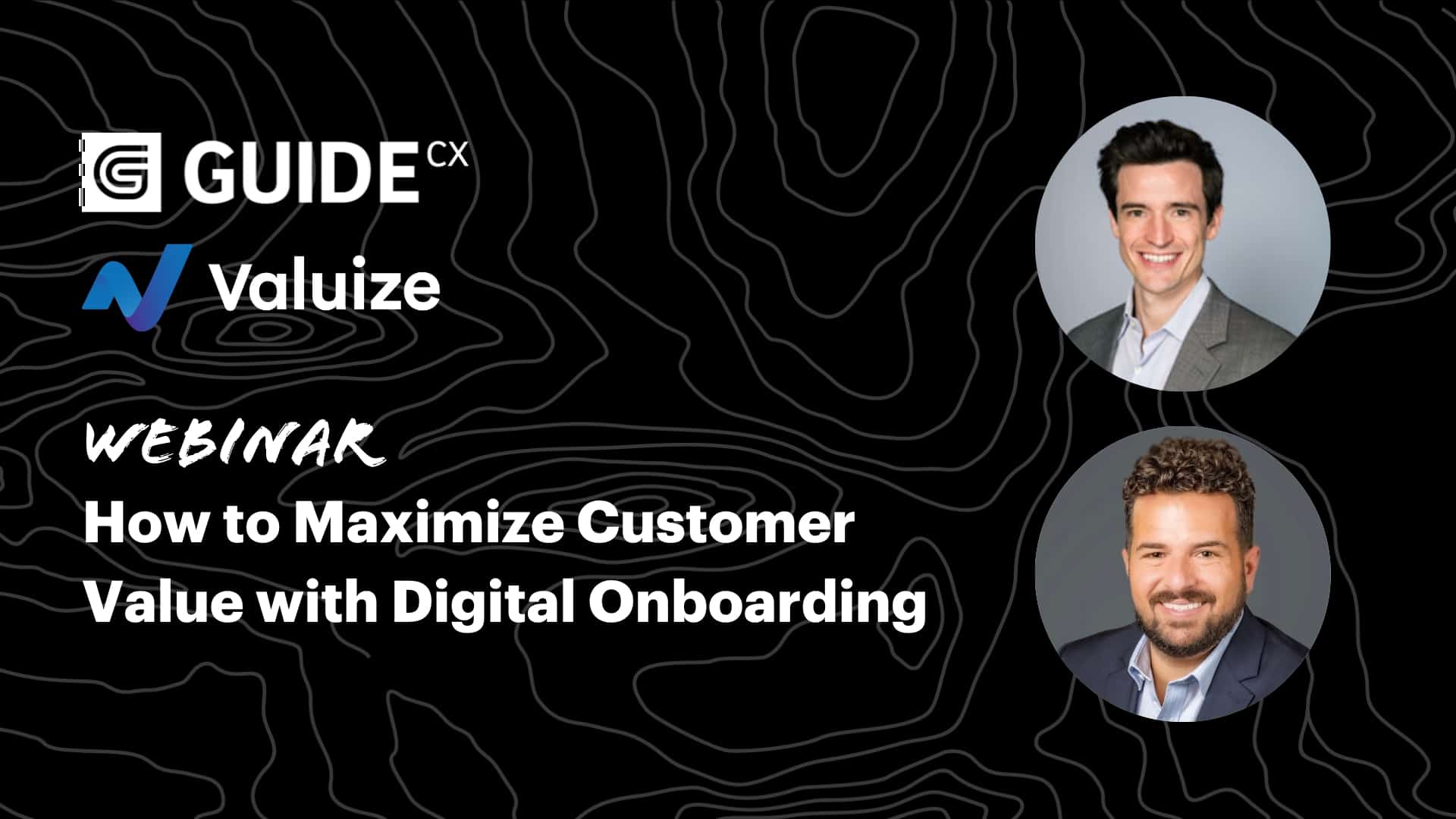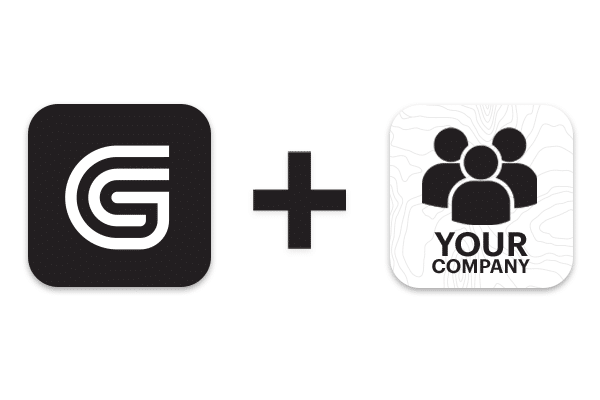In today’s recurring revenue economy, delivering measurable value to customers is a mission critical priority for leading B2B technology companies. Acquiring customers is just one-half of the equation, retaining and expanding them through exceptional value realization is the key to sustainable growth and profitability. To accomplish this, leaders must design and operationalize effective success plans for a proactive and repeatable path to unparalleled customer value realization.
Success plans serve as a value roadmap between you and your customer, aligning the goals and expectations of both the customer and your organization. Success plans are vital tools for organizations to ensure their customers achieve measurable value and drive desired outcomes. By following a systematic approach, businesses can effectively collaborate, design and operationalize these plans to enhance customer success.
In this article, Valuize’s Client Director, Anthony D’Auria, shares five expert steps to mastering success plans so you can empower your organization to maximize customer value realization and drive best-in-class Net Dollar Retention.
Step 1: Make Success Plans Cross-functional
The foundation of an effective success plan strategy lies in cross-functional collaboration. While accountability for success plans may sit with your Customer Success organization, the responsibility for their design and execution must be shared across all teams that play a role in enabling your customers to adopt and succeed with your product. Each one of your teams possesses unique perspectives and experiences, offering valuable insights into what and how measurable outcomes will help customers achieve the strategic goals your product is designed to help drive.
During these collaborative design sessions, aim to answer the following critical questions:
- What are our customers’ pain points and desired gains?
- What measurable gains do our product’s features and functions provide users?
- What jobs-to-be-done are priorities for the users in our Ideal Customer Profile?
- What are the strategic goals held by our Ideal Customer Profile?
- What are the critical onboarding and ongoing adoption milestones a customer must achieve to enable them to unlock the measurable gains your product features contain?

By involving teams from across your company, i.e. not just Customer Success or Sales or Marketing, you will develop a company-wide understanding of customer value and be able to architect a repeatable, sustainable and efficient approach to delivering value to customers. These outcomes will form the foundation of your success plans.
Step 2: Conduct In-depth Customer Research
It is not only internal cross-functional collaboration that is required to construct a foundation for your success plan strategy. In order to build robust success plans, you need to validate your assumptions through research directly with customers. Conduct comprehensive research, leveraging both market research and user research methodologies. Market research provides a valuable snapshot of customer trends and insights, while user research enables a deeper understanding of your specific end users.
Utilize qualitative research methods, such as internal and external interviews with your most and least successful accounts. These interactions will help you uncover thoughts, opinions, and experiences from your different customers and give your team deeper insight into customer behavior, pain points, challenges, and desired outcomes. While your most and least successful accounts may have vastly different needs and experiences, facilitating these conversations on both ends of the spectrum will allow your teams to gain a better understanding of the value desired by your customers, enabling you to achieve optimal value realization.

Step 3: Build on Outcome Framework To Standardize Your Success Plans
Now combine your customer research and the cross-functional design collaboration to build a framework of Value-based Outcomes.
Create a library of these prescriptive outcomes that connect product usage to measurable value realization for your customers. Through constructing a standardized outcome framework you will avoid your teams reinventing the wheel with each customer when it comes to agreeing and executing a success plan. Instead, your teams will be able to prescribe outcomes to each customer with the confidence that these outcomes will connect to the strategic goals held by your customers and can be effectively and efficiently delivered to these customers via their adoption of your product. A prebuilt outcome framework will also guide your value-selling process and will ensure a frictionless Sales-to-Customer Success handoff and enable a seamless customer onboarding experience.

Step 4: Add Outcome Delivery Plans To Your Success Plans
Develop standardized templates, or playbooks, that outline the steps your teams will take to help customers achieve each outcome you have in your outcome framework. These pre-designed outcome delivery plans ensure consistent, scalable and efficient delivery across your teams. Detail the actions and milestones required for successful outcome delivery in your success plans. Consider both the tasks your organization must undertake and those your customers need to complete to drive success.
In addition to developing outcomes and playbooks, many organizations include critical data points in their customer success plan templates. Incorporate additional fields in your success plan templates to centralize customer information and improve cross-functional collaboration. Consider including critical data points like contacts, contract links, and other relevant details. These additions facilitate seamless handoff between teams and increase efficiency during collaboration.

Step 5: Operationalize Your Success Plans
Leverage technology to streamline success plan creation, management, and ongoing optimization. Choose a software application that supports cross-functional collaboration, enables collaboration with customers and aligns with your organizational goals. Platforms such as GUIDEcx will help you digitize your customer onboarding process, operationalize your success plans and foster the collaboration required between Pre- and Post-Sales teams to ensure a smooth customer experience.
Additionally, specify how your chosen technology will support playbook execution and establish a timeline for implementation. By mapping these playbooks to the customer journey, you gain an end-to-end view of the process, ensuring a seamless and consistent customer experience.
B2B technology leaders understand that a prescriptive approach to customer success enables predictability and scalability. By mastering the design and operationalization of success plans, your organization will be equipped to deliver exceptional customer experiences, drive desired outcomes and achieve unparalleled customer value.
In today’s fast-paced business environment, mastering value-based success plans for customers has become a critical priority for leading B2B technology companies. It is no longer enough to simply acquire customers; achieving sustainable growth and profitability depends on your ability to retain and expand customers through exceptional value realization. The key to driving sustained value with your customers lies in your ability to successfully collaborate with your cross-functional teams, conduct thorough customer research and build standardized processes that align all of your customer-facing teams. With this strong foundation in place, you can then leverage technology to automate your value-driving processes, drive efficiency for your teams and your customers and ensure a seamless experience from your Pre- and Post-Sales teams.
By mastering the design and operationalization of success plans, B2B technology companies can position themselves for success in the recurring revenue economy. By delivering measurable value and driving desired outcomes for customers, organizations can achieve unparalleled customer value, resulting in sustainable growth and profitability. A prescriptive approach to customer success empowers organizations to create exceptional customer experiences, establish long-term relationships, and maximize the value they provide to their customers.

Anthony D’Auria
About the Author: With over 12 years of experience in customer success, operations, leadership and process development at companies like BlackBerry and Oracle, Anthony D’Auria is responsible for helping companies define, build and deploy customer success strategies across their organization. Passionate about Customer Success, Tony is focused on delivering scalable outcomes that drive business growth through collaborative problem solving.
About Valuize
GUIDEcx is proud to partner with Valuize, the premier customer lifecycle consultancy that helps industry-leading technology companies enhance their end-to-end value delivery for best-in-class Net Dollar Retention. Valuize works with top-tier technology companies and, through decades worth of combined experience in customer lifecycle strategy, we leverage our team’s unique blend of strategy design and operations expertise to align the Pre- and Post-Sales experience and maximize value delivery throughout the customer journey.
Interested in Partnering with GUIDEcx?

We are always looking to partner with our capable and innovative technologies. Contact us today to learn more about having your software integrated with GUIDEcx.
Talk With a Guide Today
Discover how GUIDEcx can help you improve efficiency by reducing your customer onboarding timeline and increasing the capacity of your project managers. Our unparalleled professional resources and unwavering commitment to excellence support our industry-leading customer onboarding solution.
